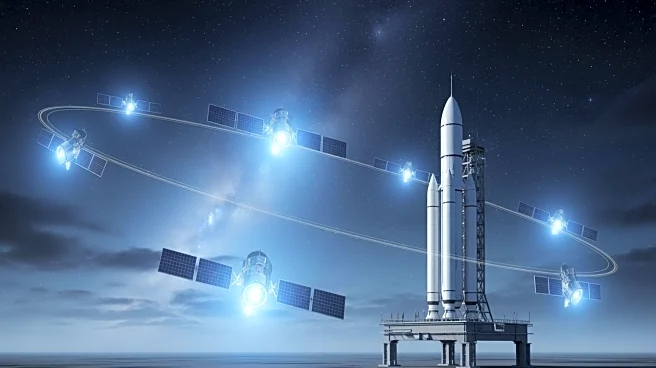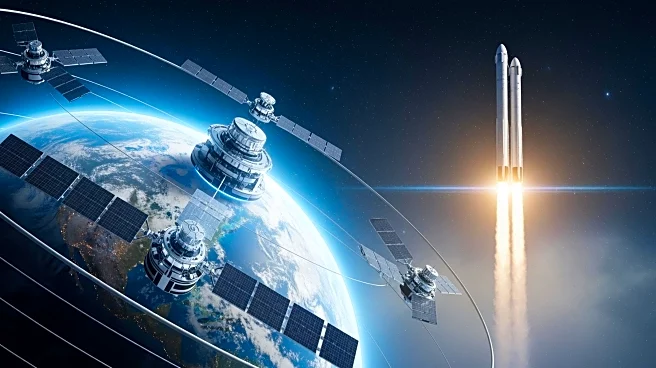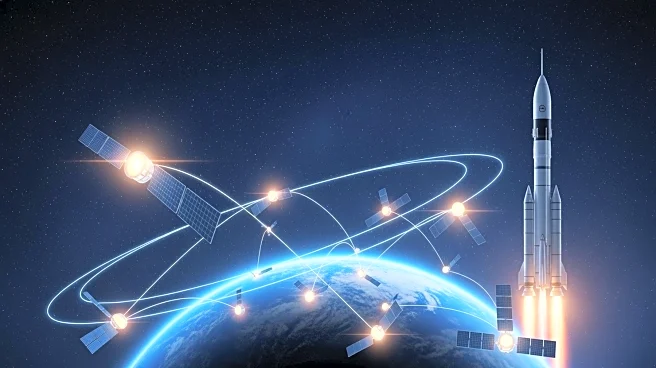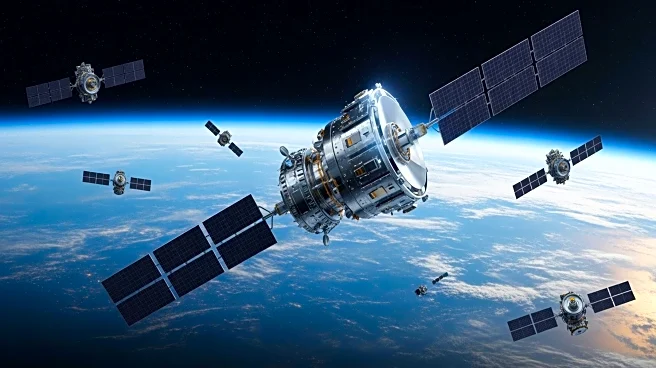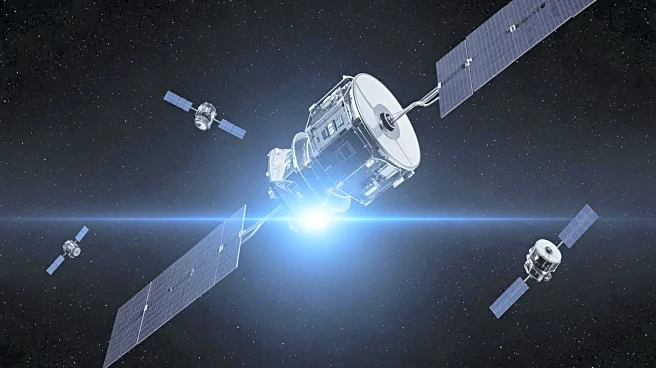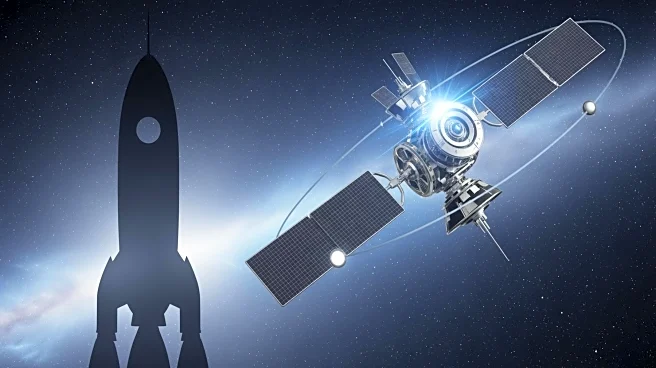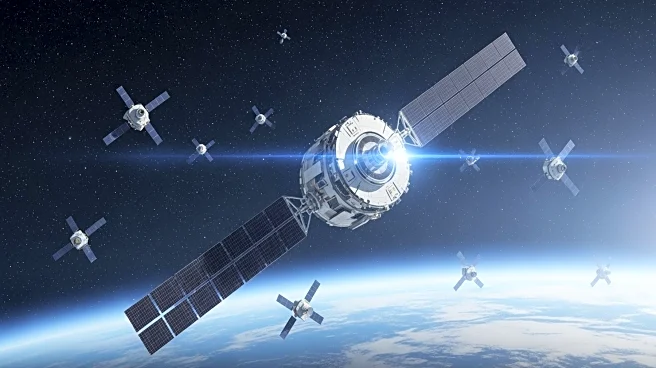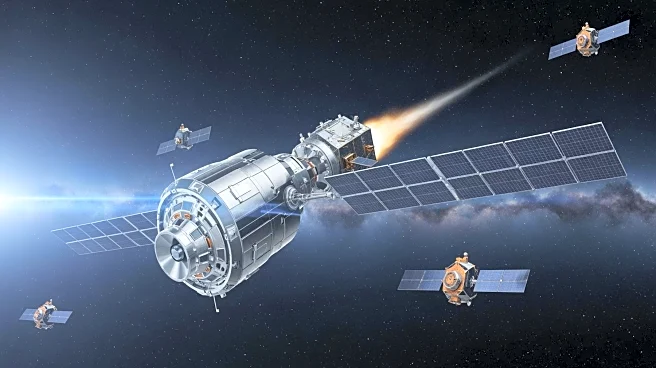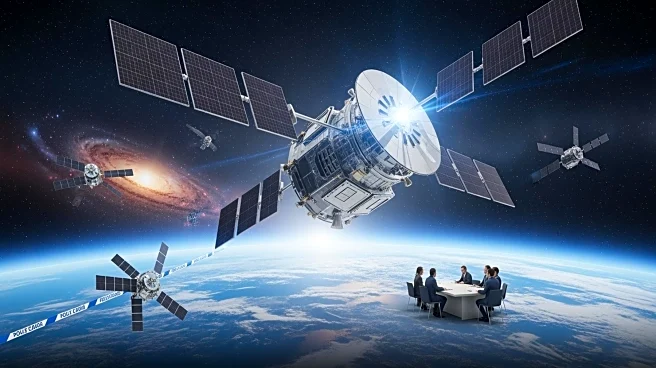What's Happening?
SpaceX, led by Elon Musk, has reached significant milestones with its recent Starlink mission. On October 19, a Falcon 9 rocket launched from Cape Canaveral Space Force Station, deploying 28 Starlink satellites
into low Earth orbit. This launch marked the deployment of SpaceX's 10,000th Starlink satellite, as confirmed by satellite tracker Jonathan McDowell. Additionally, the Falcon 9 booster, designated Booster 1067, completed its 31st mission, setting a new record for the company. The booster successfully landed on the drone ship 'A Shortfall of Gravitas' in the Atlantic Ocean. SpaceX highlighted that each successful landing and reuse of the booster helps lower costs and increase access to space. The mission also saw the deployment of all 28 satellites approximately 64 minutes after liftoff, contributing to the global Starlink internet service.
Why It's Important?
The successful deployment of the 10,000th Starlink satellite underscores SpaceX's growing influence in the global satellite internet market. The expansion of Starlink's satellite constellation enhances internet connectivity worldwide, particularly in remote and underserved areas. This development is crucial as it aligns with SpaceX's goal to provide affordable and reliable internet access globally. The record-setting 31st mission of the Falcon 9 booster also demonstrates SpaceX's advancements in reusable rocket technology, which is pivotal in reducing the cost of space travel and making it more sustainable. However, the company faces scrutiny as a U.S. Congressional committee investigates allegations of Starlink's involvement in providing internet access to scam centers in Myanmar. This investigation could have implications for SpaceX's operations and regulatory compliance.
What's Next?
The ongoing investigation by the U.S. Congress Joint Economic Committee into Starlink's alleged involvement in Myanmar could lead to further scrutiny and potential regulatory challenges for SpaceX. The committee may compel Elon Musk to testify, which could impact the company's public image and operations. Meanwhile, SpaceX continues to expand its Starlink service, recently enabling continuous video calls, messaging, and data through its direct-to-cell technology for T-Mobile US subscribers. As Starlink's customer base grows, reaching 7 million users worldwide, the company is likely to focus on further expanding its service offerings and improving connectivity across more regions.
